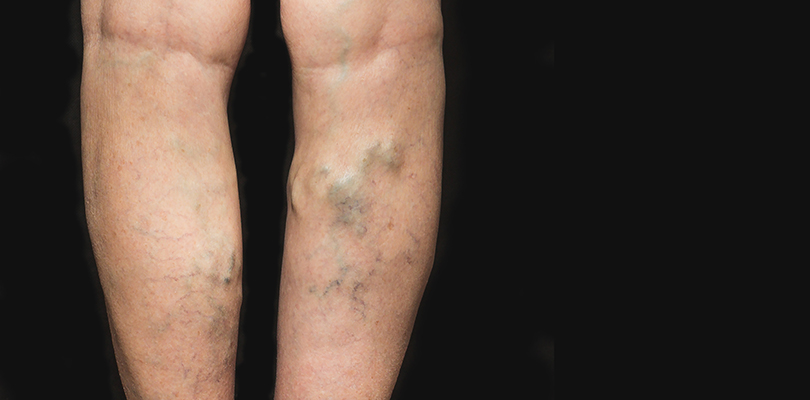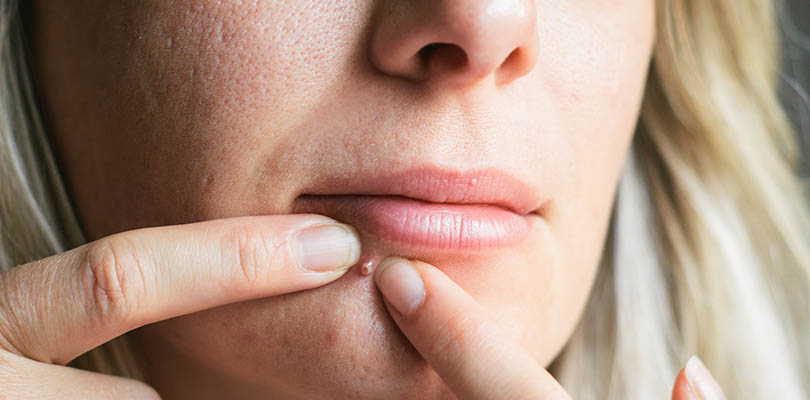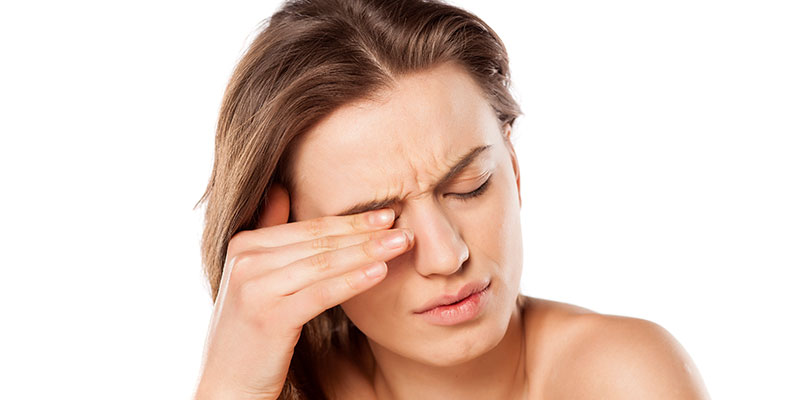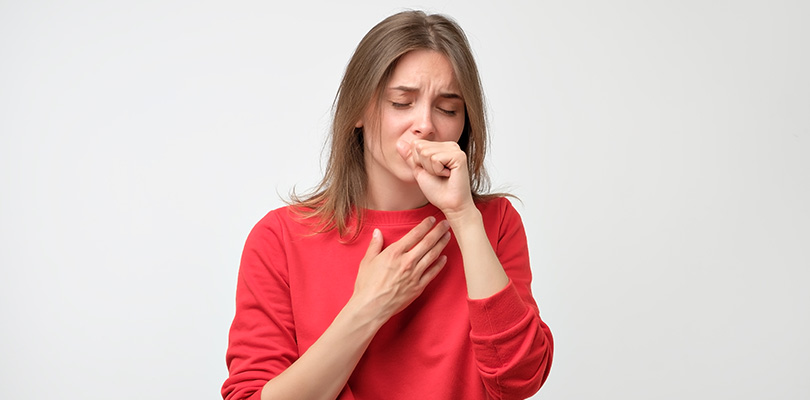What Is Noninvasive Varicose Veins Treatment?
Varicose veins are defined as large, twisted veins that can usually be found protruding from the legs. Varicose veins develop due to issues with the valves in the veins. Valves work to pump blood toward the heart.
However, if the valves are missing or become damaged, then that is when the blood collects in one location and the varicose vein forms. While they are unsightly and sometimes painful, varicose veins are not life-threatening.
Causes of Varicose Veins
While we understand that varicose veins form due to issues with the valve, what causes damage to the valve in the first place? Many reasons could include:
- Pregnancy – Pregnancy increases the volume of the blood in the body while simultaneously decreasing the flow of the blood from your legs to your lower body. While this certainly assists in the development of a baby, it can create enlarged veins. They may occur at any point in pregnancy; an occurrence is most common in late pregnancy since the uterus applies more pressure to the pelvis and legs.
- Age – As a person ages, the veins may start to weaken and cause the blood not to flow properly. This causes the blood to pool in the veins and become engorged.
Risks
While anybody can develop varicose veins, certain characteristics may increase your chances. Those risks include:
- Gender – Women are more likely to develop varicose veins simply because of their hormone makeup and ability to get pregnant. It is also believed that taking birth control or hormonal supplements may increase your chances of developing the condition.
- Genetics – As with most conditions, if you have a family history of varicose veins, then it is likely that you will develop them as well.
- Weight – More weight on your veins the more likely it is that you will develop issues with your veins.
- Sedentary lifestyle – standing or sitting for an extended period interrupts your blood flow and can lead to building up of pressure on the veins.
Treatment Options
The traditional method for treating varicose veins used to be an invasive surgery that required making an incision and removing the vein from the body.
Fortunately, technological advances through the years have led to more sensitive options.
Noninvasive treatment plans include:
- Weight loss – Losing weight can help reduce the chances of putting unnecessary pressure on the veins.
- Exercise – Regular movement can help keep blood flowing properly and avoid blood pooling and engorging the veins.
- Leg elevation – Leg elevation promotes proper blood flow in individuals who have weakened veins.
- Compression socks – Wearing compression socks helps maintain blood flow and reduce swelling.
Elder abuse can occur in many different settings. It's always important to recognize the signs and act quickly in order to prevent further harm.
Noninvasive Varicose Veins Treatment Options
If the above doesn’t work, then you may need to look into virtually noninvasive procedures offered by doctors. Those include:
- Endovenous Laser Ablation – For individuals with deeper varicose veins, laser energy proves to be the most favorable option. The process is to insert laser fiber into the catheter which will then be moved to the exact location that is impacted by the enlarged vein. Next, the heat from the laser will cause the vein to close and shrink over time. Eventually, the vein will be absorbed by the body as if it never existed.
- Radiofrequency Ablation – This procedure is similar to the Endovenous Ablation, except that it uses radio frequency rather than laser energy. The doctor will use ultrasound imaging to detect the impacted area and then use a wire catheter to direct the radio frequency at the exact location of the varicose veins. The vein will thicken and then contract before disappearing.
- Sclerotherapy – Smaller varicose veins can be treated with sclerotherapy. This is when the veins are injected with a solution called sclerosant which causes the vein to collapse rendering it useless. The blood will naturally stop trying to pass through the damaged vein and instead find a healthier vein to use. Over time, the impaired vein will disappear.
Potential Complications
For some people, varicose veins are incredibly painful while others hardly notice them. However, some complications can happen even if the vein is essentially pain-free.
Such issues may include:
- Blood clots – When veins develop deep in the leg and swelling may occur. This swelling could be a sign of a blood clot and should be examined by a medical professional immediately.
- Bleeding – Because the veins are large, they may burst. This will cause bleeding. While it may only be minor bleeding, you should still have it looked at by a doctor to help reduce your chances of reoccurrence.
- Ulcers – In some instances, ulcers may develop on the skin near the site of the varicose veins. This happens because of fluid buildup due to the increased pressure of blood in the impacted area. Ulcers on the skin can be incredibly painful and should be treated by your doctor right away.
When Should You See a Doctor?
Don’t wait for varicose veins to cause complications before you seek medical help. If you identify varicose veins on your body, be sure to talk about treatment options with your health provider.
You may be able to avoid serious complications by seeking noninvasive treatment options right away.







